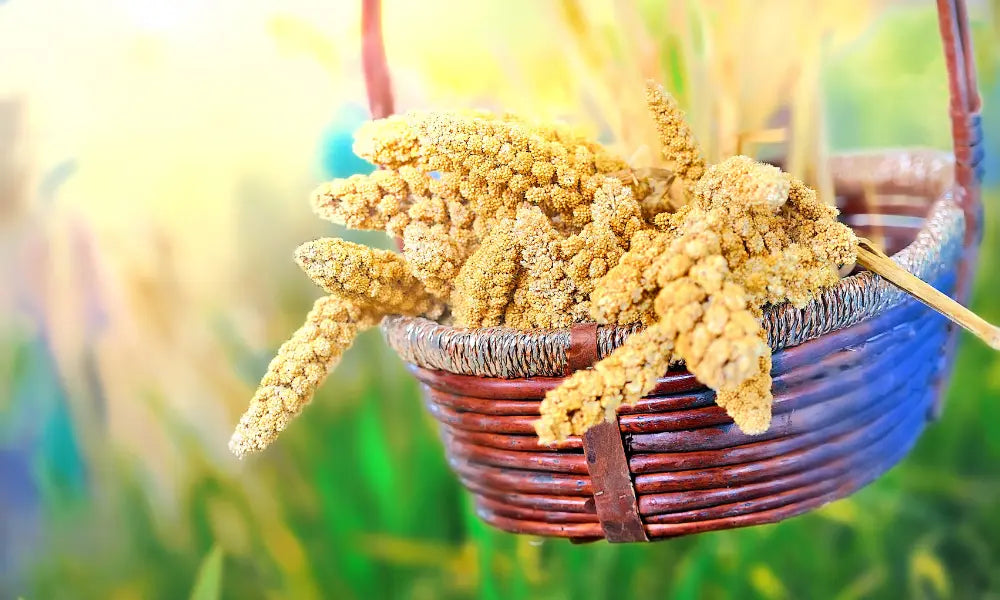
Introduction
Over the past few years, there has been an increasing fascination with investigating different types of grains due to their nutritional advantages and versatility in cooking. One particular grain that has gained significant attention is millets. Millets have become a prominent choice, providing numerous health benefits and endless culinary opportunities. This blog post aims to delve into the realm of millets, examining their nutritional strength, exploring their diverse culinary history, and uncovering creative methods to integrate them into our daily meals.
Introduction to Millets: Understanding the Nutritional Powerhouses
Millets, frequently known as the “neglected grains,” have been a dietary staple overall for quite a long time. These little cultivated grasses are tough harvests as well as dietary forces to be reckoned with, overflowing with fundamental supplements urgent for our general well-being. Millets are bountiful in fiber, protein, nutrients, and minerals, going with them an extraordinary decision for consideration in any eating regimen. Dissimilar to refined grains like rice and wheat, millets keep up with their dietary benefit even in the wake of handling, making them a sustaining choice for wellbeing cognizant people.
Investigating the different sorts of millets, like pearl millet, foxtail millet, finger millet, and sorghum, uncovers their remarkable nourishing profiles and culinary purposes. Every assortment offers its own unmistakable taste, surface, and well-being benefits, upgrading the intricacy and variety of our culinary manifestations.
Millets in Traditional Cuisine: A Rich Culinary Heritage
Millets have a rich culinary heritage deeply rooted in traditional cuisines across the globe. From the ancient civilizations of India and Africa to the Mediterranean and beyond, millets have been a dietary staple for generations. Their versatility allows them to be used in a myriad of dishes, from savoury porridges and flatbreads to sweet puddings and desserts.
In India, millets feature prominently in regional cuisines, with dishes like ragi mudde from Karnataka, bajra khichdi from Rajasthan, and jowar roti from Maharashtra showcasing the diversity of millet-based dishes. Similarly, in Africa, millets are celebrated in dishes like couscous, fufu, and injera, reflecting the cultural significance of these grains in everyday meals.
Exploring the Health Benefits of Millets: Why They Deserve the Spotlight
The dietary profile of millets makes them a healthful stalwart deserving of consideration. Their sans-gluten nature makes them an optimal decision for people with gluten-responsive qualities or celiac sickness, giving a protected and nutritious option in contrast to wheat-based items. Moreover, millets have a low glycemic file, which assists in settling blood with sugaring levels and lessening the gamble of diabetes.
Additionally, millets are rich in dietary fiber, which advances stomach-related wellbeing, supports weight the executives, and decreases the gamble of persistent illnesses like coronary illness and colorectal malignant growth. Their overflow of nutrients and minerals, including iron, magnesium, and phosphorus, upholds by and large well-being and prosperity, making them a significant expansion to any reasonable eating routine.
Millets as an Alternative to Rice and Wheat: Versatility at Its Best
One of the main benefits of millets is their flexibility in the kitchen. They can be utilized as a substitute for rice and wheat in a great many recipes, offering an exceptional flavor and surface to dishes. Whether it’s supplanting rice with millet in pilafs and pan-sears or utilizing millet flour in baking bread, biscuits, and hotcakes, the conceivable outcomes are huge.
The innate nuttiness and chewiness of millets add profundity and character to dishes, lifting them from customary to exceptional. Also, millets can be cooked utilizing different techniques, including bubbling, steaming, broiling, and in any event, popping, considering perpetual culinary trial and error and development.
Innovative Millet Recipes: Unleashing Your Culinary Creativity
Experimenting with millets opens up a world of culinary creativity, allowing you to create dishes that are not only delicious but also nutritious. From savoury mains like millet-stuffed bell peppers and vegetable biryanis to sweet treats like millet pudding and cookies, there’s no shortage of innovative recipes to try.
When incorporating millets into your cooking, don’t be afraid to think outside the box and experiment with different flavour combinations and cooking techniques. Millets pair well with a wide range of ingredients, including vegetables, legumes, spices, and herbs, allowing you to customize dishes to suit your taste preferences and dietary needs.
Millet-Based Baking: Indulging in Healthy and Delicious Treats
Baking with millet flour offers a healthier alternative to traditional wheat-based treats, allowing you to indulge in guilt-free delights without compromising on flavour or texture. Millet flour can be used to make a variety of baked goods, including bread, muffins, pancakes, and cookies, providing a nutrient-rich option for those with dietary restrictions or simply looking to make healthier choices.
The light, nutty flavour of millet flour adds a subtle sweetness to baked goods, enhancing their overall taste and aroma. Additionally, millet flour is naturally gluten-free, making it suitable for individuals with gluten sensitivities or celiac disease. When baking with millet flour, be sure to adjust the recipe accordingly to achieve the desired texture and consistency, taking into account the unique properties of millet flour.
Incorporating Millets in Everyday Meals: Tips and Tricks for Success
Incorporating millet into your everyday meals is easier than you might think, with a few simple tips and tricks to guide you along the way. Start by gradually substituting millets for rice or wheat in your favourite recipes, beginning with small quantities and increasing as you become more familiar with their flavour and texture.
Try different things with various assortments of millet to find your inclinations and track down the ideal counterpart for each dish. Whether you favour the nutty kind of pearl millet, the sensitive surface of foxtail millet, or the natural lavishness of finger millet, there’s a millet assortment to suit each taste and culinary style.
When cooking with millets, be sure to rinse them thoroughly before use to remove any bitterness or impurities. Additionally, adjust the cooking time and liquid ratio accordingly, as different varieties of millet require varying amounts of water and cooking times.
Conclusion
In conclusion, exploring the culinary potential of millets offers a delicious and nutritious way to diversify your diet and elevate your cooking to new heights. From their rich cultural heritage to their impressive health benefits and culinary versatility, millets are truly a culinary gem waiting to be discovered. So why not embrace the power of millets in your kitchen today and embark on a flavorful journey that celebrates the beauty of wholesome, nourishing food?
Introduction
Over the past few years, there has been an increasing fascination with investigating different types of grains due to their nutritional advantages and versatility in cooking. One particular grain that has gained significant attention is millets. Millets have become a prominent choice, providing numerous health benefits and endless culinary opportunities. This blog post aims to delve into the realm of millets, examining their nutritional strength, exploring their diverse culinary history, and uncovering creative methods to integrate them into our daily meals.
Introduction to Millets: Understanding the Nutritional Powerhouses
Millets, frequently known as the “neglected grains,” have been a dietary staple overall for quite a long time. These little cultivated grasses are tough harvests as well as dietary forces to be reckoned with, overflowing with fundamental supplements urgent for our general well-being. Millets are bountiful in fiber, protein, nutrients, and minerals, going with them an extraordinary decision for consideration in any eating regimen. Dissimilar to refined grains like rice and wheat, millets keep up with their dietary benefit even in the wake of handling, making them a sustaining choice for wellbeing cognizant people.
Investigating the different sorts of millets, like pearl millet, foxtail millet, finger millet, and sorghum, uncovers their remarkable nourishing profiles and culinary purposes. Every assortment offers its own unmistakable taste, surface, and well-being benefits, upgrading the intricacy and variety of our culinary manifestations.
Millets in Traditional Cuisine: A Rich Culinary Heritage
Millets have a rich culinary heritage deeply rooted in traditional cuisines across the globe. From the ancient civilizations of India and Africa to the Mediterranean and beyond, millets have been a dietary staple for generations. Their versatility allows them to be used in a myriad of dishes, from savoury porridges and flatbreads to sweet puddings and desserts.
In India, millets feature prominently in regional cuisines, with dishes like ragi mudde from Karnataka, bajra khichdi from Rajasthan, and jowar roti from Maharashtra showcasing the diversity of millet-based dishes. Similarly, in Africa, millets are celebrated in dishes like couscous, fufu, and injera, reflecting the cultural significance of these grains in everyday meals.
Exploring the Health Benefits of Millets: Why They Deserve the Spotlight
The dietary profile of millets makes them a healthful stalwart deserving of consideration. Their sans-gluten nature makes them an optimal decision for people with gluten-responsive qualities or celiac sickness, giving a protected and nutritious option in contrast to wheat-based items. Moreover, millets have a low glycemic file, which assists in settling blood with sugaring levels and lessening the gamble of diabetes.
Additionally, millets are rich in dietary fiber, which advances stomach-related wellbeing, supports weight the executives, and decreases the gamble of persistent illnesses like coronary illness and colorectal malignant growth. Their overflow of nutrients and minerals, including iron, magnesium, and phosphorus, upholds by and large well-being and prosperity, making them a significant expansion to any reasonable eating routine.
Millets as an Alternative to Rice and Wheat: Versatility at Its Best
One of the main benefits of millets is their flexibility in the kitchen. They can be utilized as a substitute for rice and wheat in a great many recipes, offering an exceptional flavor and surface to dishes. Whether it’s supplanting rice with millet in pilafs and pan-sears or utilizing millet flour in baking bread, biscuits, and hotcakes, the conceivable outcomes are huge.
The innate nuttiness and chewiness of millets add profundity and character to dishes, lifting them from customary to exceptional. Also, millets can be cooked utilizing different techniques, including bubbling, steaming, broiling, and in any event, popping, considering perpetual culinary trial and error and development.
Innovative Millet Recipes: Unleashing Your Culinary Creativity
Experimenting with millets opens up a world of culinary creativity, allowing you to create dishes that are not only delicious but also nutritious. From savoury mains like millet-stuffed bell peppers and vegetable biryanis to sweet treats like millet pudding and cookies, there’s no shortage of innovative recipes to try.
When incorporating millets into your cooking, don’t be afraid to think outside the box and experiment with different flavour combinations and cooking techniques. Millets pair well with a wide range of ingredients, including vegetables, legumes, spices, and herbs, allowing you to customize dishes to suit your taste preferences and dietary needs.
Millet-Based Baking: Indulging in Healthy and Delicious Treats
Baking with millet flour offers a healthier alternative to traditional wheat-based treats, allowing you to indulge in guilt-free delights without compromising on flavour or texture. Millet flour can be used to make a variety of baked goods, including bread, muffins, pancakes, and cookies, providing a nutrient-rich option for those with dietary restrictions or simply looking to make healthier choices.
The light, nutty flavour of millet flour adds a subtle sweetness to baked goods, enhancing their overall taste and aroma. Additionally, millet flour is naturally gluten-free, making it suitable for individuals with gluten sensitivities or celiac disease. When baking with millet flour, be sure to adjust the recipe accordingly to achieve the desired texture and consistency, taking into account the unique properties of millet flour.
Incorporating Millets in Everyday Meals: Tips and Tricks for Success
Incorporating millet into your everyday meals is easier than you might think, with a few simple tips and tricks to guide you along the way. Start by gradually substituting millets for rice or wheat in your favourite recipes, beginning with small quantities and increasing as you become more familiar with their flavour and texture.
Try different things with various assortments of millet to find your inclinations and track down the ideal counterpart for each dish. Whether you favour the nutty kind of pearl millet, the sensitive surface of foxtail millet, or the natural lavishness of finger millet, there’s a millet assortment to suit each taste and culinary style.
When cooking with millets, be sure to rinse them thoroughly before use to remove any bitterness or impurities. Additionally, adjust the cooking time and liquid ratio accordingly, as different varieties of millet require varying amounts of water and cooking times.
Conclusion
In conclusion, exploring the culinary potential of millets offers a delicious and nutritious way to diversify your diet and elevate your cooking to new heights. From their rich cultural heritage to their impressive health benefits and culinary versatility, millets are truly a culinary gem waiting to be discovered. So why not embrace the power of millets in your kitchen today and embark on a flavorful journey that celebrates the beauty of wholesome, nourishing food?



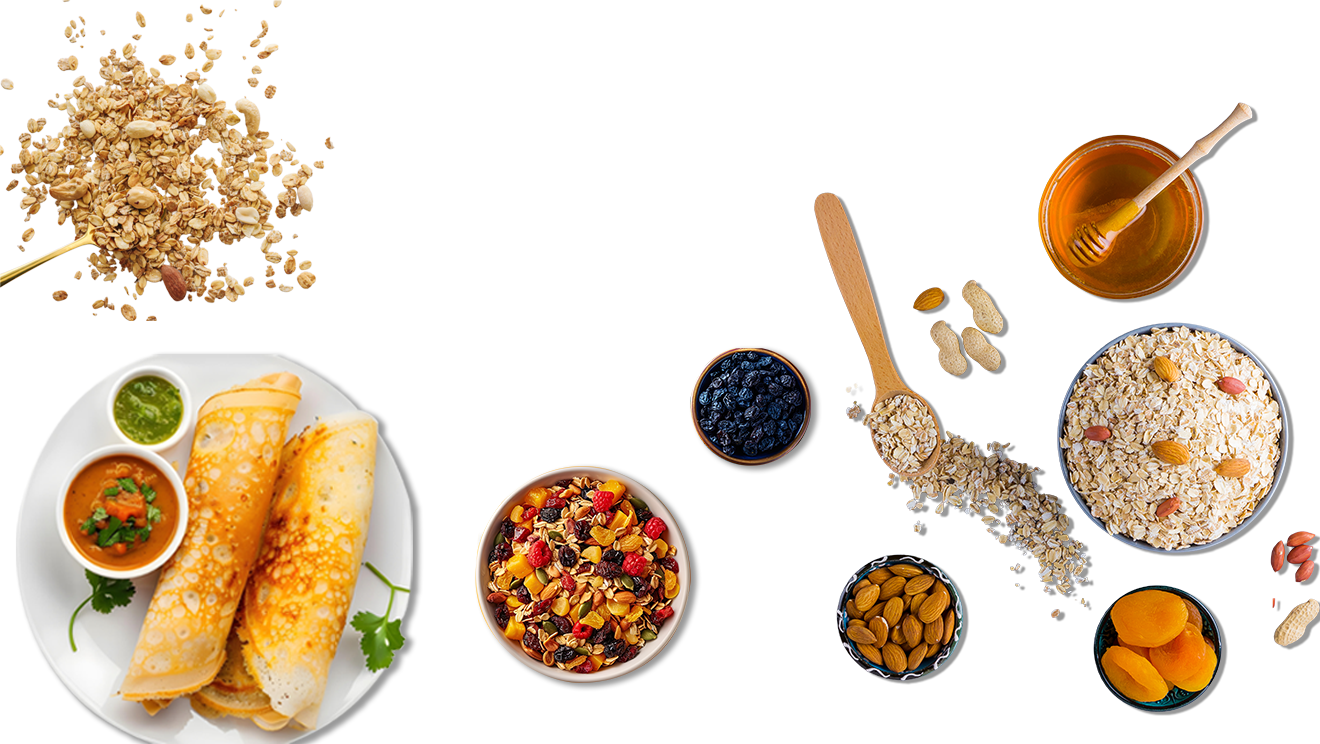
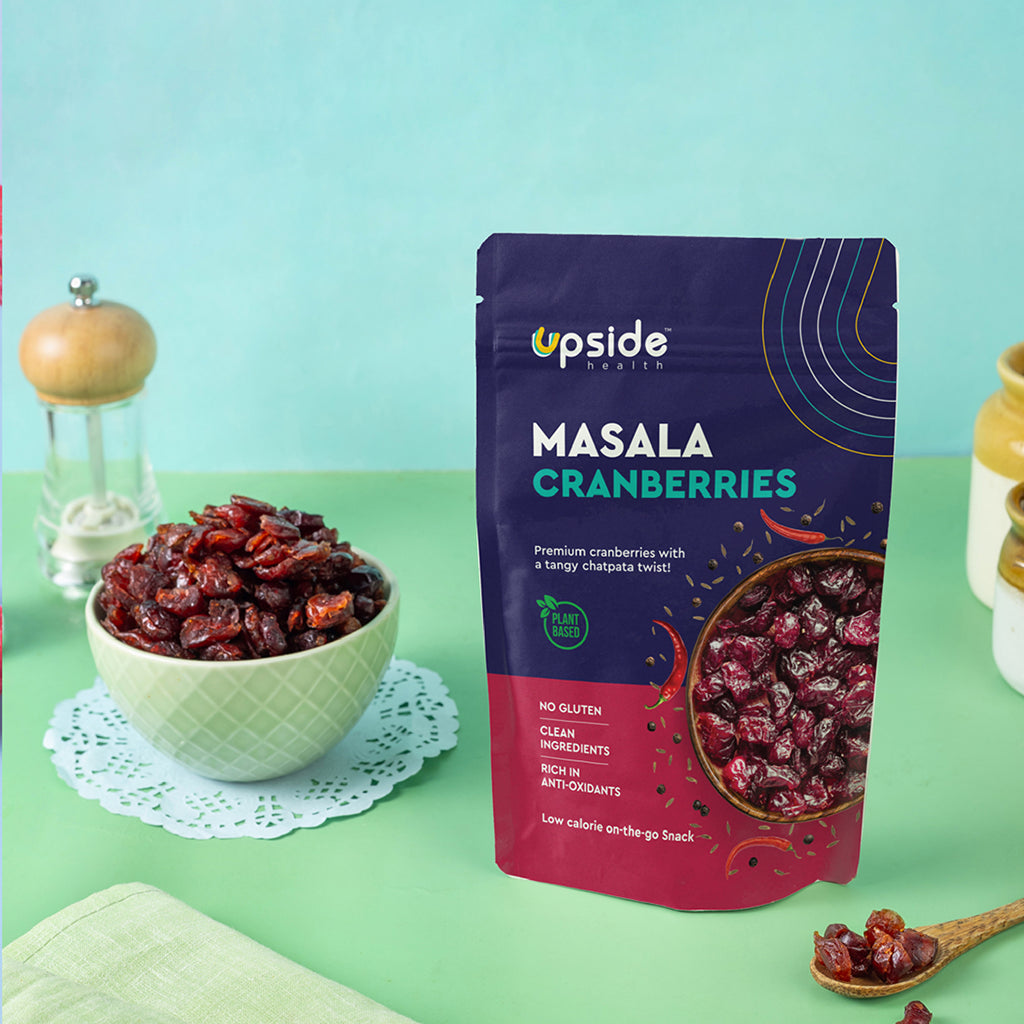
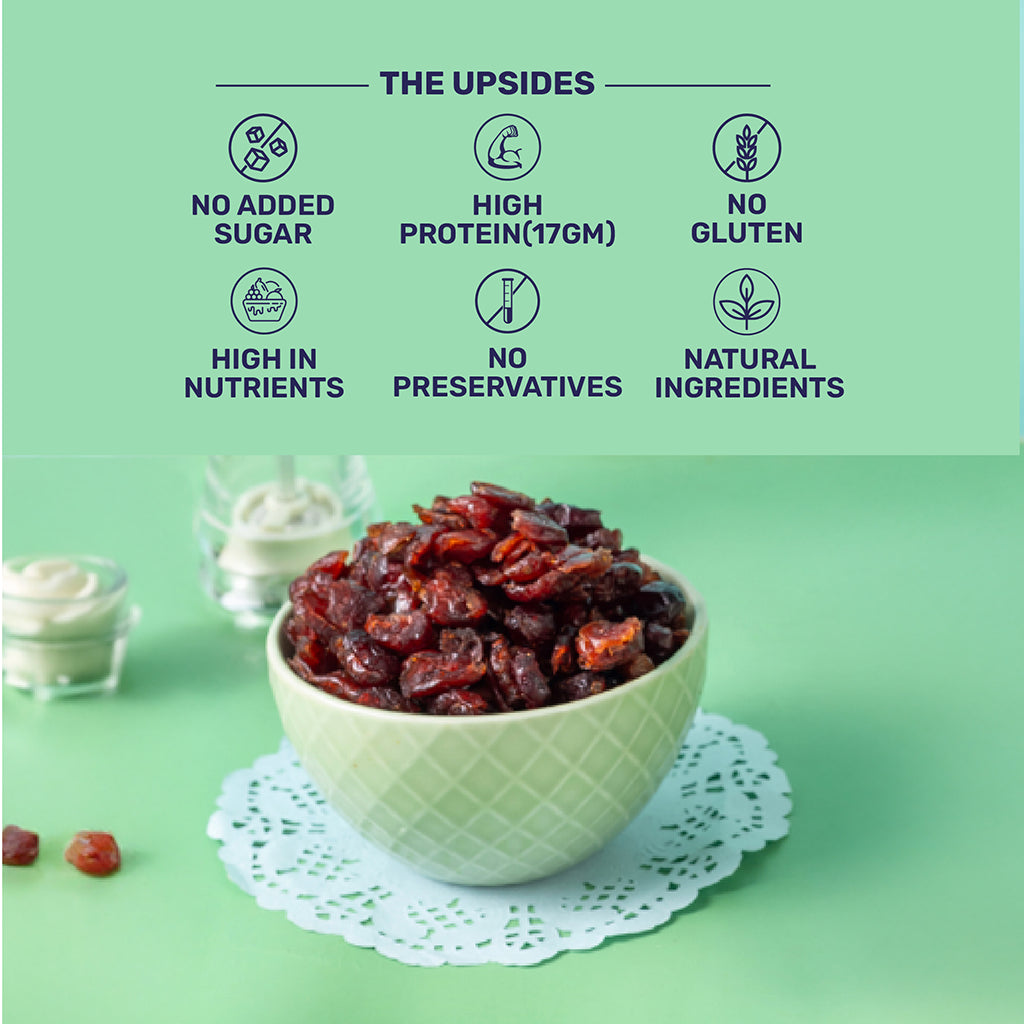

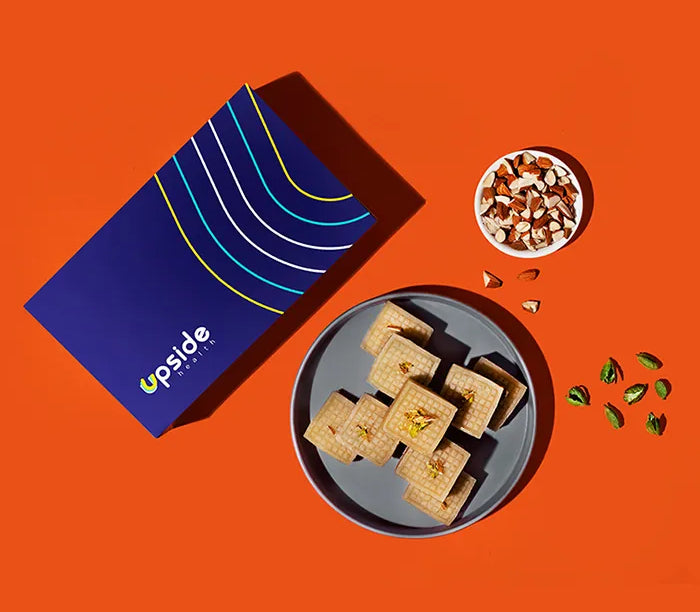
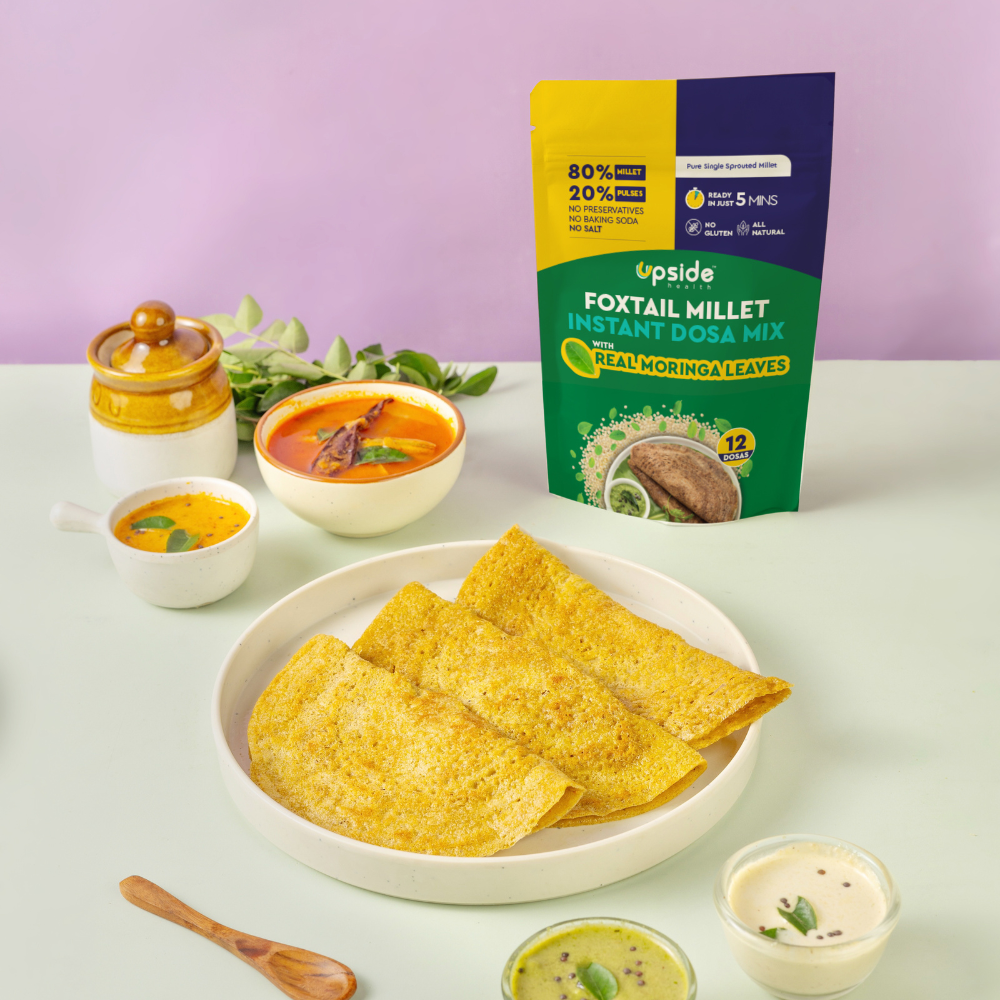
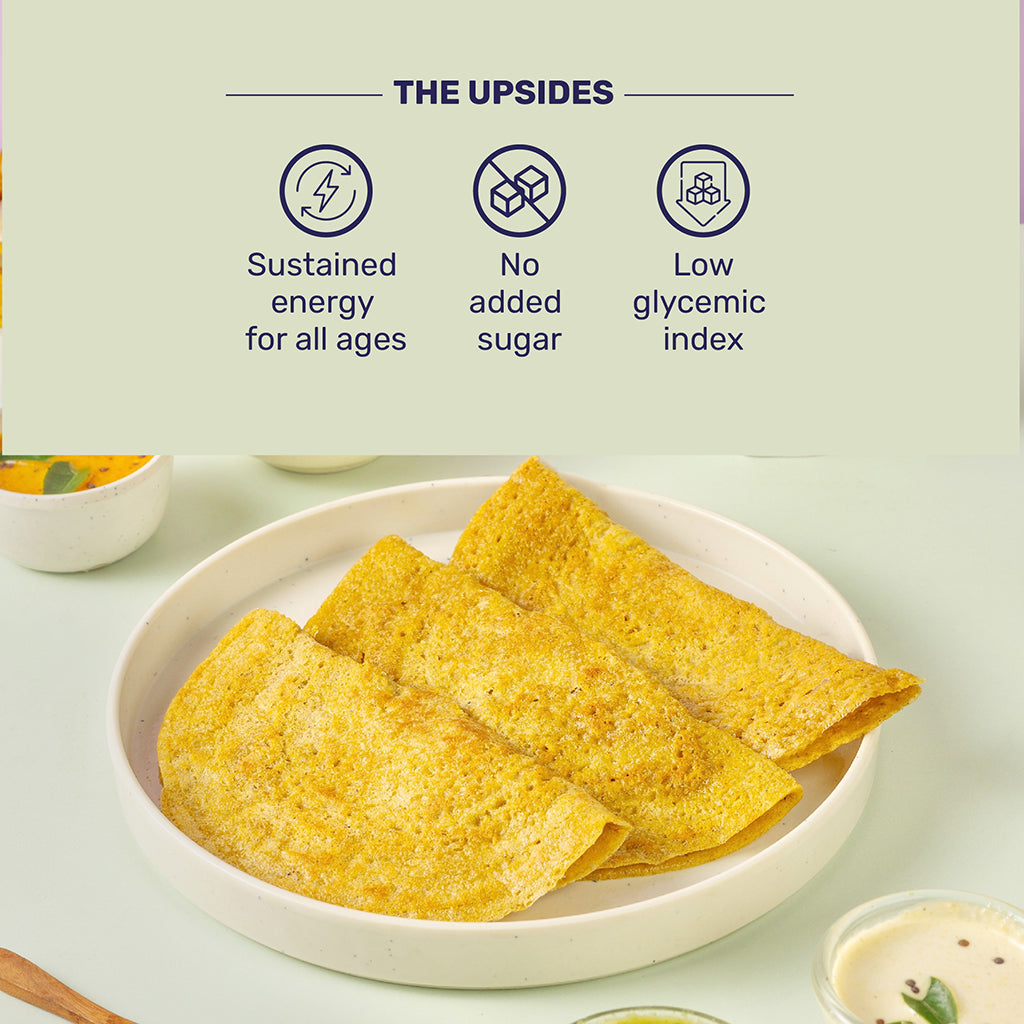
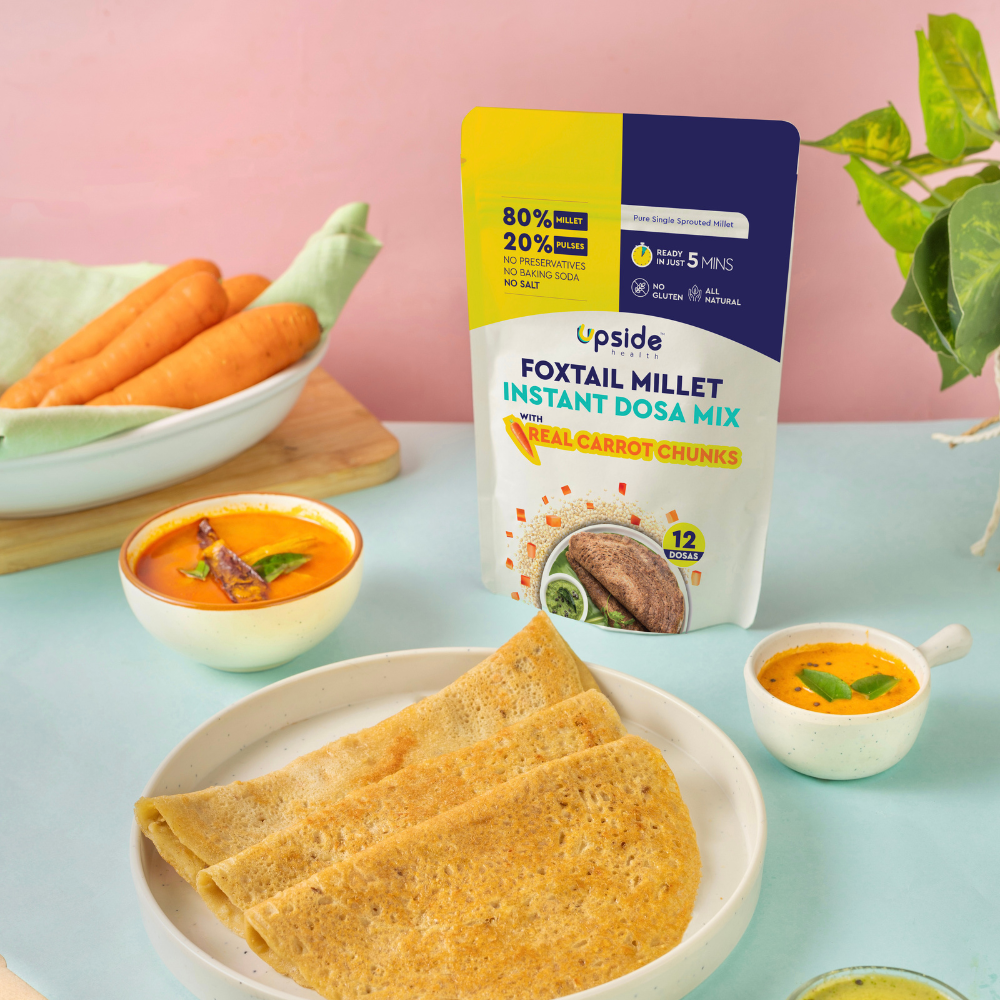
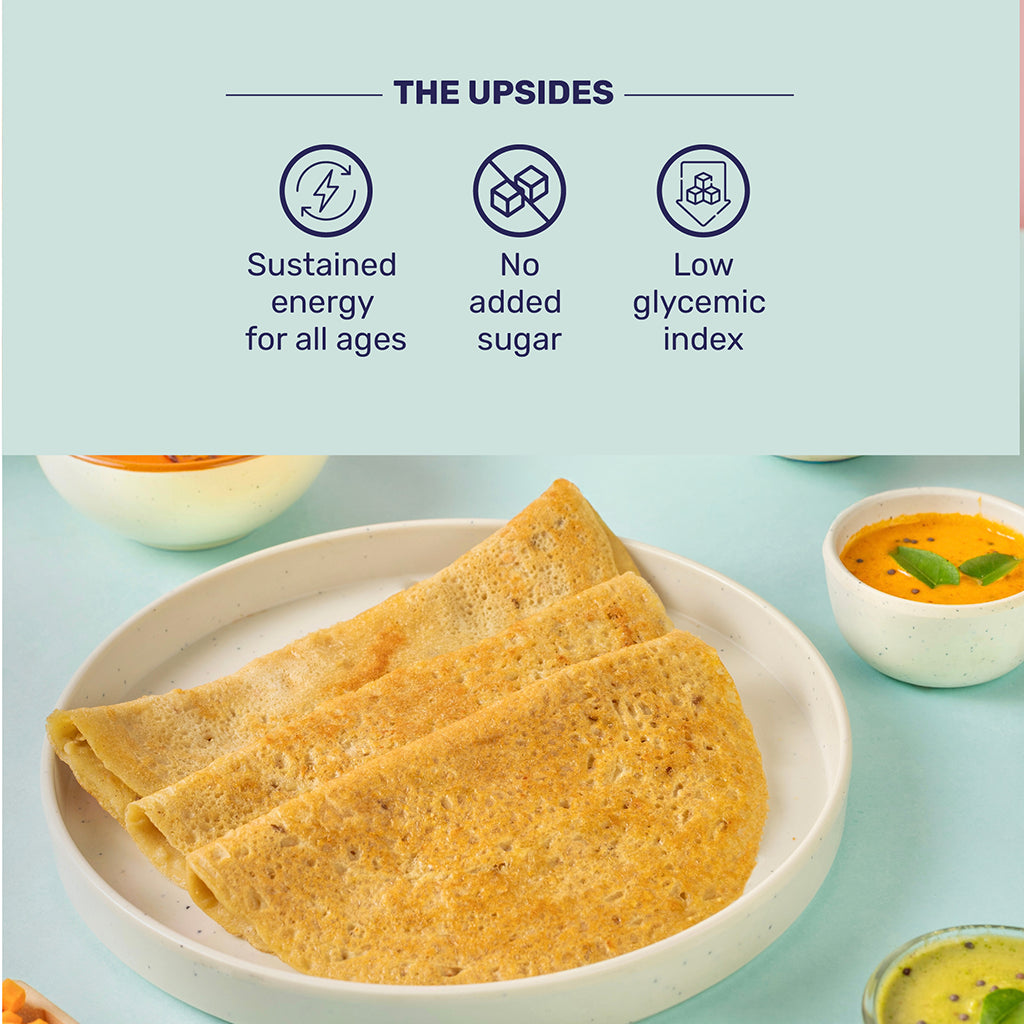
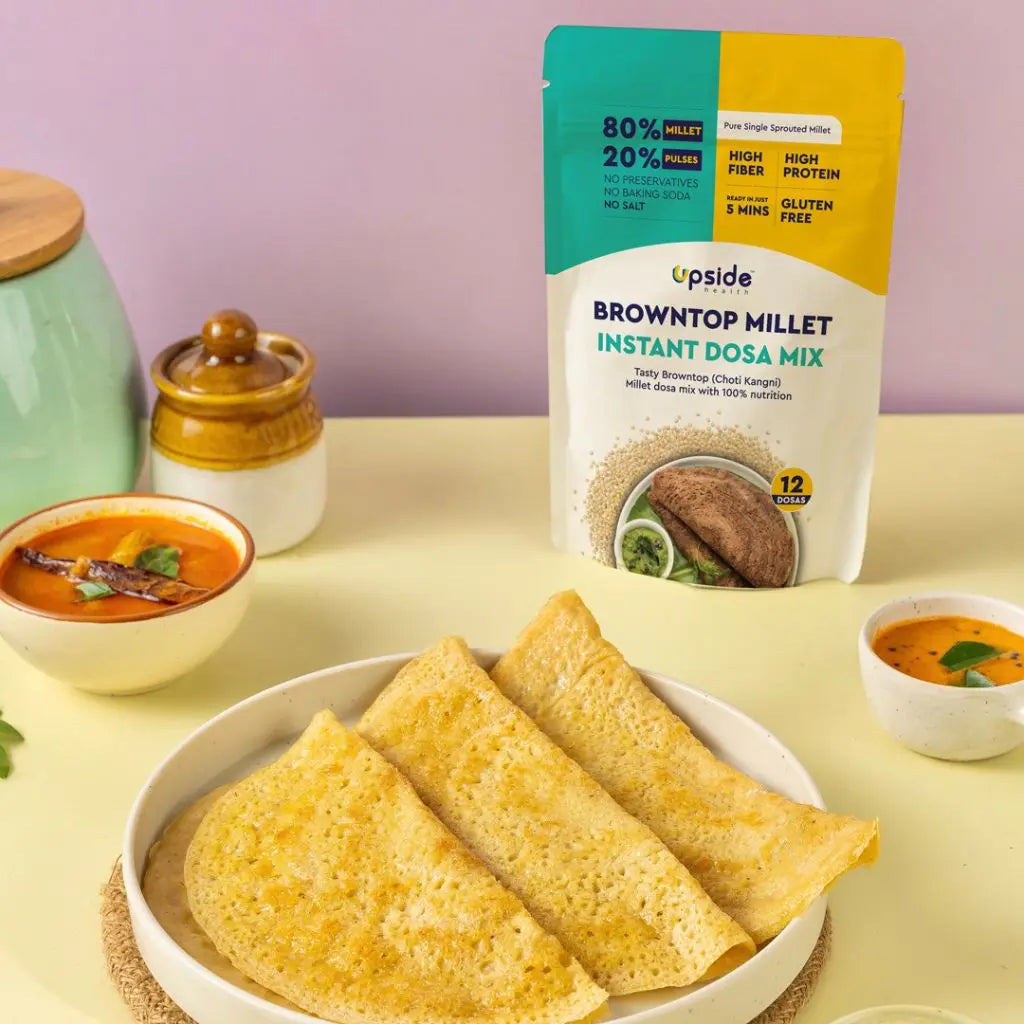
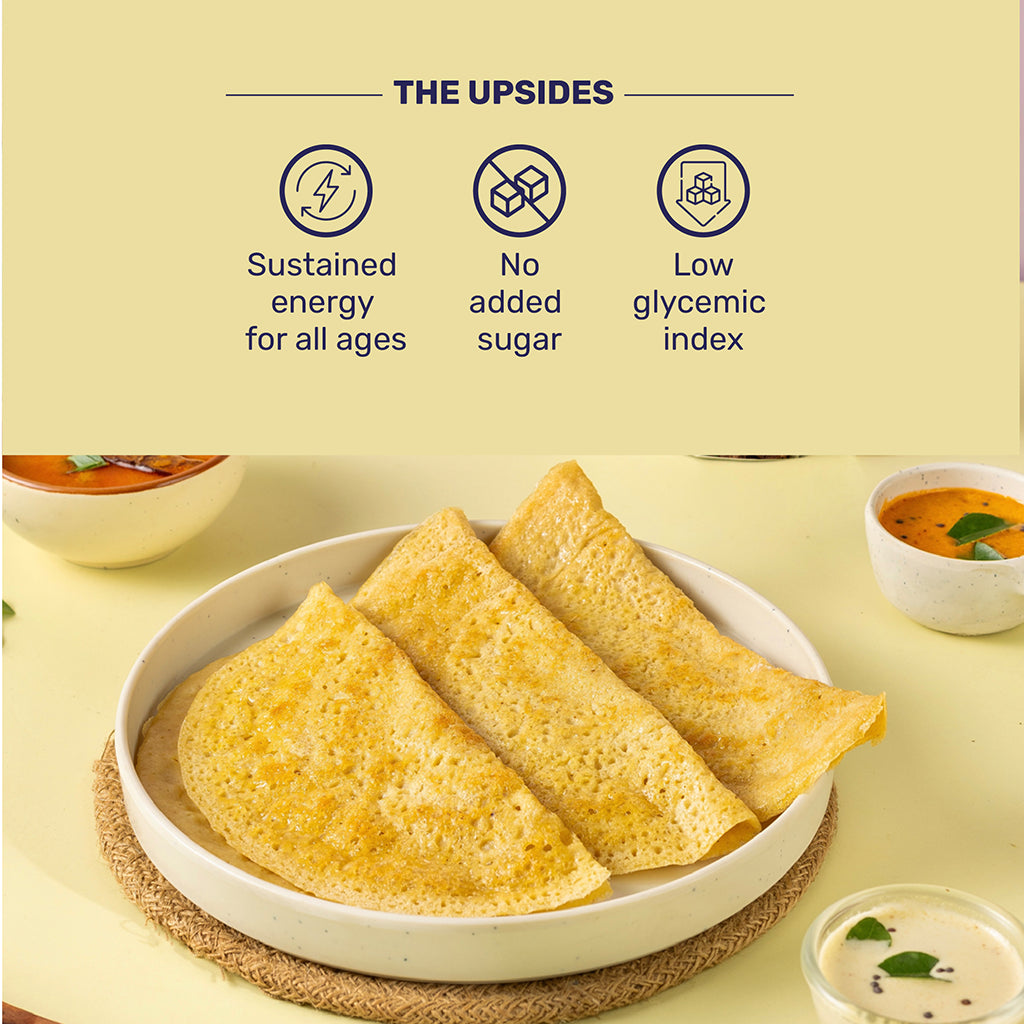
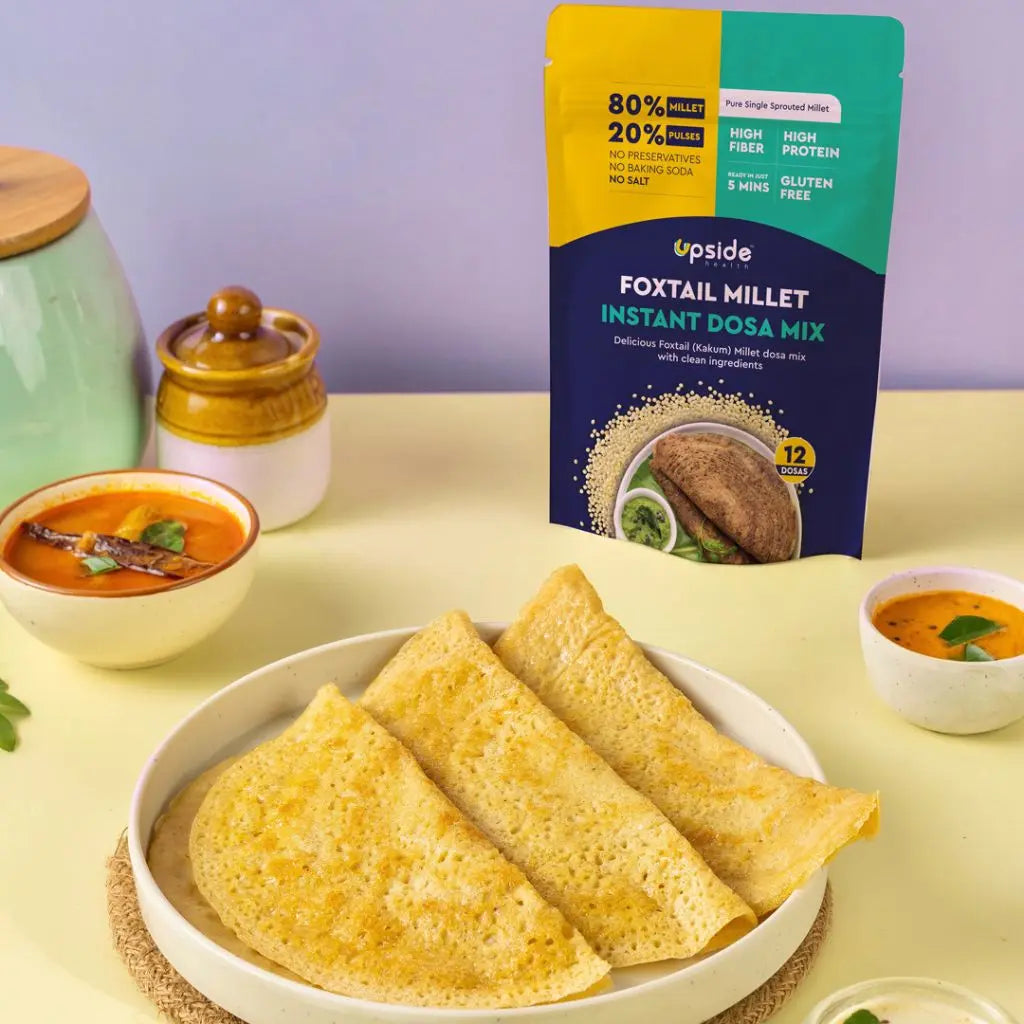
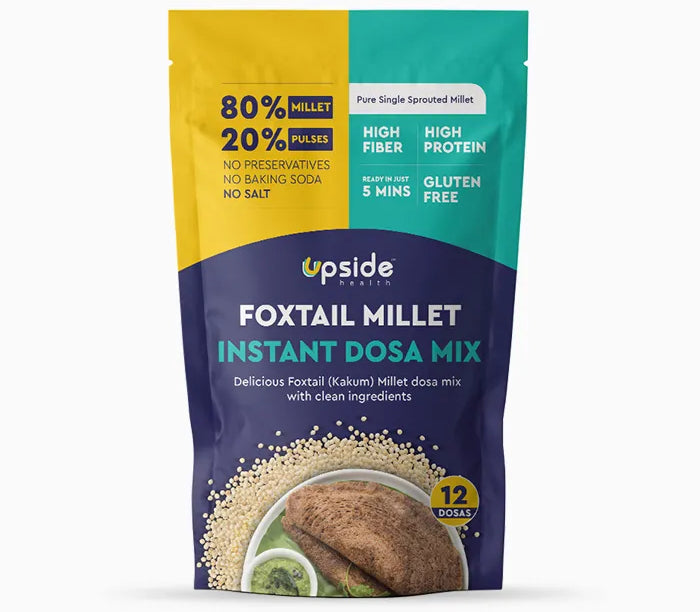
Comments (0)
Back to Learn